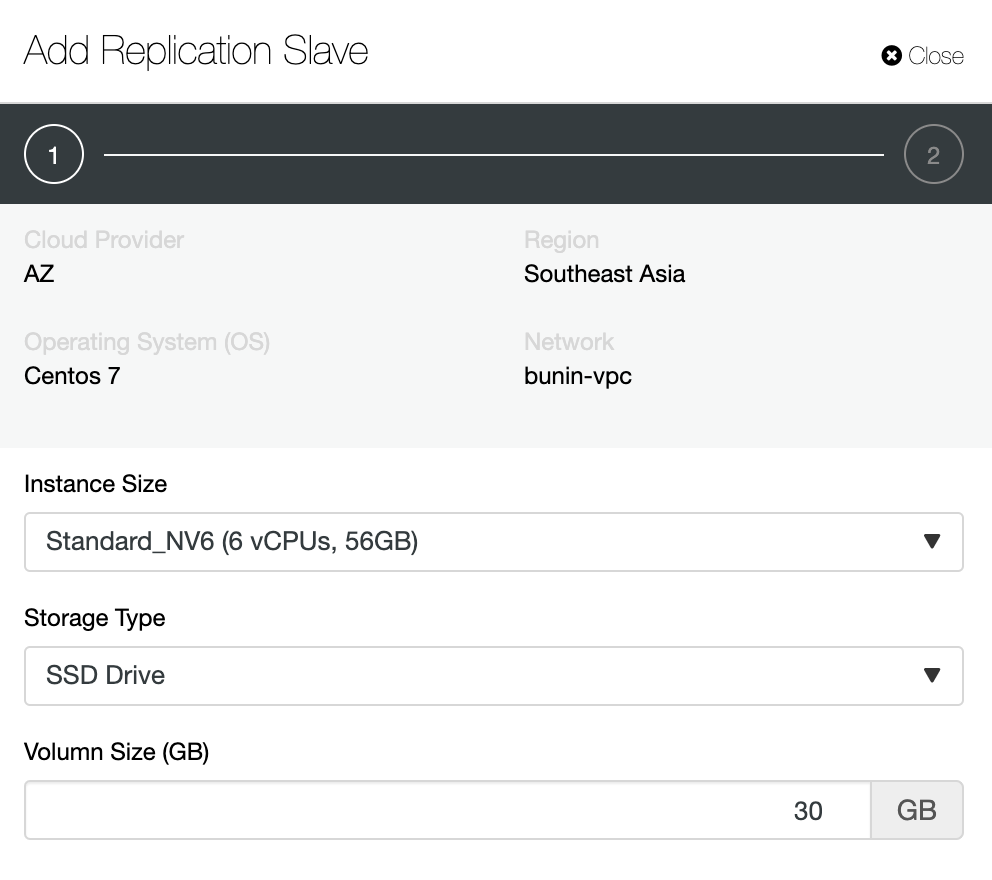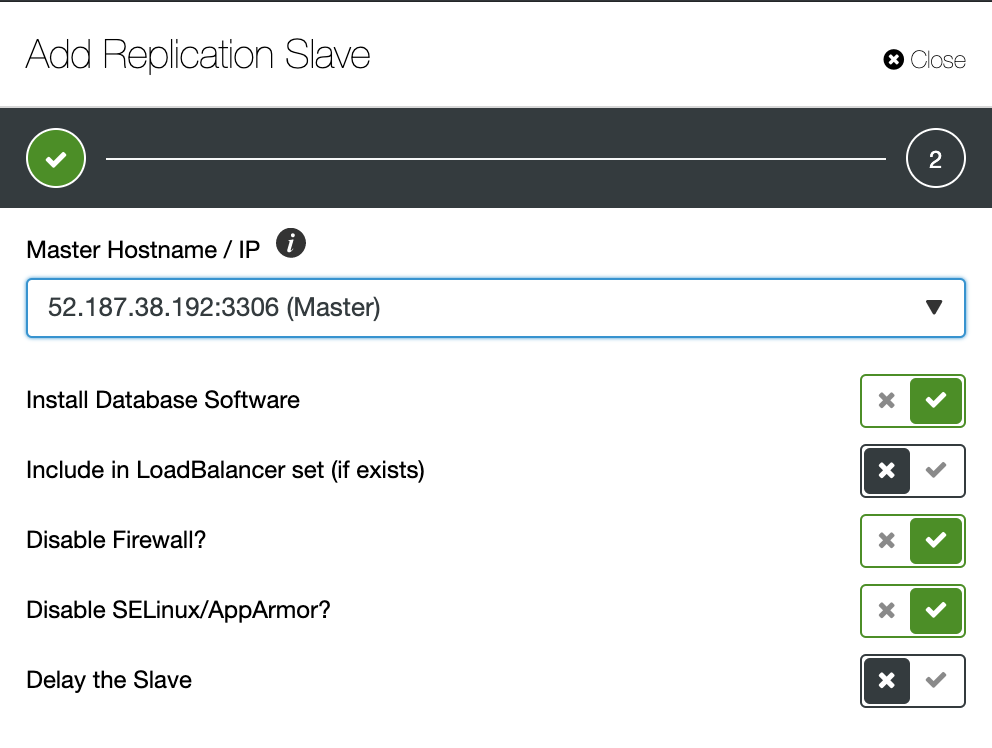blog
A Guide to Automated Cloud Database Deployments

Complex, inflexible architectures, redundancy and out-of-date technology, are common problems for companies facing data to cloud migration.
We look to the “clouds,” hoping that we will find there a magic solution to improve operational speed and performance, better workload and scalability, less prone and less complicated architectures. We hope to make our database administrator’s life more comfortable. But is it really always a case?
As more enterprises are moving to the cloud, the hybrid model is actually becoming more popular. The hybrid model is seen as a safe model for many businesses.
In fact, it’s challenging to do a heart transplant and port everything over immediately. Many companies are doing a slow migration that usually takes a year or even maybe forever until everything is migrated. The move should be made in an acceptable peace.
Unfortunately, hybrid means another puzzle piece that not necessary to reduce complexity. Perhaps as many others walking this road before you, you will find out that some of the applications will actually not move.
Or you will find out that the other project team just decided to use yet another cloud provider.
For instance, it is free, and relatively easy, to move any amount of data into an AWS EC2 instance, but you’ll have to pay to transfer data out of AWS. The database services on Amazon are only available on Amazon. Vendor lock-in is there and should not be ignored.
Along the same lines, ClusterControl offers a suite of database automation and management functions to give you full control of your database infrastructure. On-prem, in the cloud and multiple vendors, support.
With ClusterControl, you can monitor, deploy, manage, and scale your databases, securely and with ease through our point-and-click interface.
Utilizing the cloud enables your company and applications to profit from the cost-savings and versatility that originate with cloud computing.
Supported Cloud Platforms
ClusterControl allows you to run multiple databases on the top of the most popular cloud providers without being locked-in to any vendor. It has offered the ability to deploy databases (and backup databases) in the cloud since ClusterControl 1.6.
The supported cloud platforms are Amazon AWS, Microsoft Azure and Google Cloud. It is possible to launch new instances and deploy MySQL, MariaDB, MongoDB, and PostgreSQL directly from the ClusterControl user interface.
The recent ClusterControl version (1.7.4) added support for the MySQL Replication 8.0, PostgreSQL and TimescaleDB from Amazon AWS, Google Cloud Platform, and Microsoft Azure.

Cloud Providers Configuration
Before we jump into our first deployment we need to connect ClusterControl with our cloud provider.
It’s done in the Integrations panel.

The tool will walk you through the Cloud integration with the straightforward wizard. As we can see in the below screenshot first, we start with one of the three big players Amazon Web Services (AWS), Google Cloud and Microsoft Azure.

In the next section, we need to provide the necessary credentials.

When all is set and ClusterControl can talk with your cloud provider we can go to the deployment section.

Cloud Deployment Process
In this part, you want to select the supported cluster type, MySQL Galera Cluster, MongoDB Replica Set, or PostgreSQL Streaming Replication, TimescaleDB, MySQL Replication.
The next move is to pick the supported vendor for the selected cluster type. At the moment, the following vendors and versions are:
-
MySQL Galera Cluster – Percona XtraDB Cluster 5.7, MariaDB 10.2, MariaDB 10.3
-
MySQL Replication Cluster – Percona Server 8.0, MariaDB Server 10.3, Oracle MySQL Server 8.0
-
MongoDB Replica Set – Percona Server for MongoDB 3.6, MongoDB 3.6, MongoDB 4.0
-
PostgreSQL Cluster – PostgreSQL 11.0
-
TimescaleDB 11.0
The deployment procedure is aware of the functionality and flexibility of the cloud environments, like the type of VM’s dynamic IP and hostname allocation, NAT-ed public IP address, virtual private cloud network or storage.
In the following dialog:


Most of the settings in this step are dynamically populated from the cloud provider by the chosen credentials. You can configure the operating system, instance size, VPC setting, storage type, and size and also specify the SSH key location on the ClusterControl host. You can also let ClusterControl generate a new key specifically for these instances.

When all is set you will see your configuration. At this stage, you can also pick up additional subnet.

Verify if everything is correct and hit the “Deploy Cluster” button to start the deployment.
You can then monitor the progress by clicking on the Activity -> Jobs -> Create Cluster -> Full Job Details:

Depending on the cluster size, it could take 10 to 20 minutes to complete. Once done, you will see a new database cluster listed under the ClusterControl dashboard.


Under the hood, the deployment process did the following:
- Create SSH key
- Create cloud VM instances
- Configure security groups and networking (firewalls, subnets)
- Verify the SSH connectivity from ClusterControl to all created instances
- Prepare VM’s for a specific type of cluster (VM node configuration like package installation, kernel configuration, etc)
- Deploy a database on every instance
- Configure the clustering or replication links
- Register the deployment into ClusterControl
After the deployment, you can review the process and see what exactly was executed. With the extended logging, you can see each command. You can see who triggered the job and what was the outcome.
If at any point you want to extend your cluster, you can use the scaling which is also integrated with your cloud provider.
The process is simple. In the first phase, you choose the desired VM type.

Finally, you can choose the master node and remaining settings which depends on your cluster type:

Conclusion
We showed you how to set up your database MySQL Replication environment on Microsoft Azure, it only took a couple of clicks to build virtual machines, network, and finally a reliable master/slave replication cluster. With new scaling in the cloud functionality, you can also easily expand cluster whenever needed.
This is just a first step if you want to see what to do next check out our other blogs where we talk about auto-recovery, backups, security and many other aspects of day to day administration with ClusterControl. Want to try it by yourself? Give it a try.




